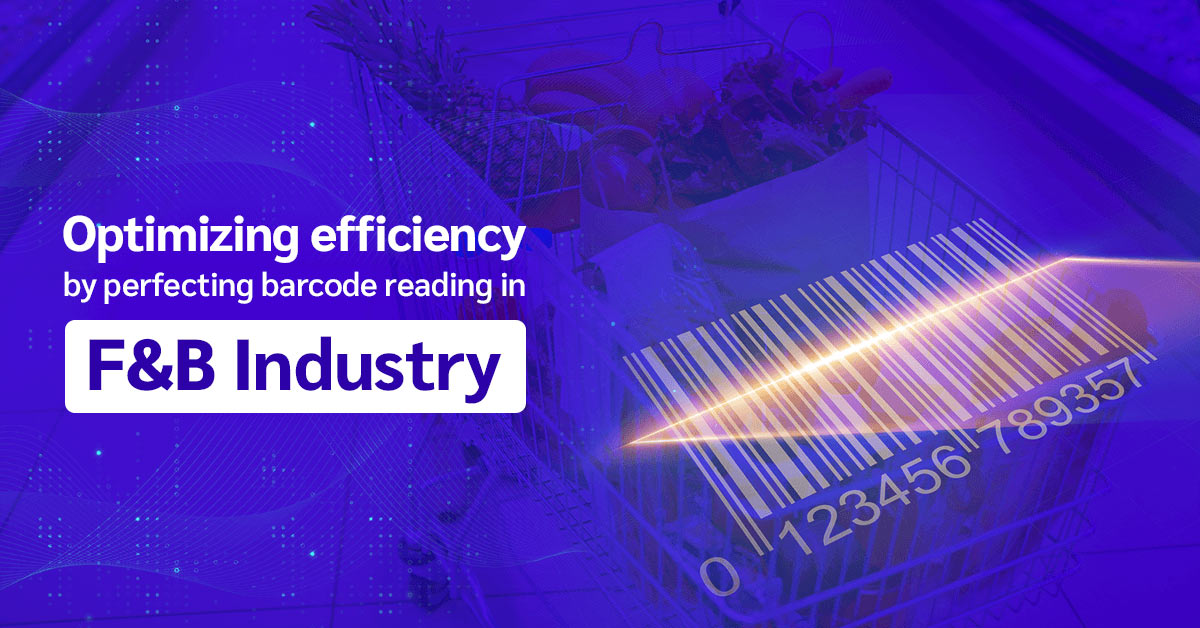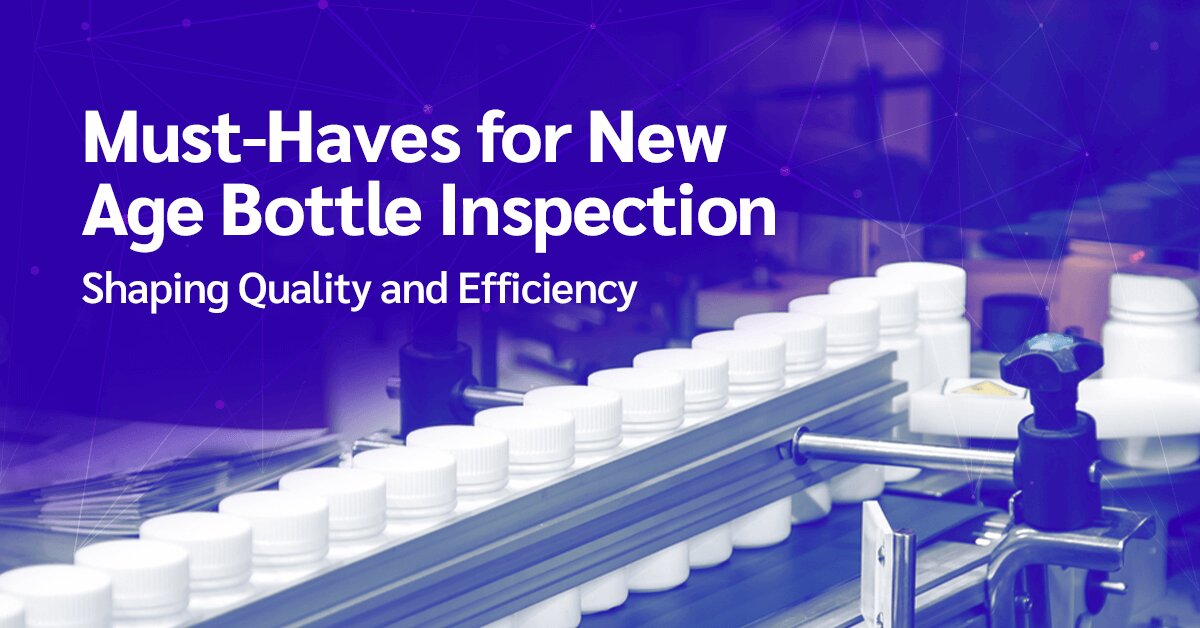As businesses strive to meet consumer demands while maintaining the highest standards of quality & compliance, implementing advanced technologies becomes imperative.
Among these, barcode readers stand out as indispensable tools for inventory management, traceability, and overall operational efficiency, as well as supply chain visibility.
In this blog, we’ll explore the crucial factors to consider when selecting a barcode reader tailored to the unique needs of the food and beverages sector, with a special focus on the innovative BPO solution offered by Jekson Vision.
1. Barcode Compatibility:
The foundation of any efficient barcode system lies in the compatibility of the reader with the barcodes used in the industry.
Whether it is a Data Matrix, QR code, Crypto code, 1D barcode, Pharma code, DOT Code, or OCR, the chosen barcode reader must effortlessly decode and process the specific symbology employed in your products and supply chain in an efficient manner.
2. Speed and Read Range:
In an industry where products move swiftly through the supply chain, the speed and read range of the barcode reader becomes a critical consideration.
Look for a device that can keep pace with the high-speed demands of the food and beverage sector while maintaining an optimal read range to prevent bottlenecks.
All Jekson cameras are customizable & and are proven to work at high speed.
3. Durability in Challenging Environments:
The food and beverages industry often exposes equipment to challenging environments, including cold storage, humidity, and exposure to various substances.
Select a barcode reader renowned for its durability and designed to withstand the specific conditions of your facility.
Devices with high IP ratings indicating resistance to dust and water are particularly advantageous. Jackson Cameras are made with the objective of sustaining and performing tough shop floor situations.
4. Integration with Existing Systems:
Seamless integration with existing systems is key to a streamlined workflow. The chosen barcode reader should be easily integrated with your current technology infrastructure, such as inventory management and ERP software.
This not only enhances operational efficiency but also reduces the likelihood of errors in data transmission.
5. Compliance with Industry Standards:
Adherence to industry standards and regulations is non-negotiable in the food and beverages sector. Ensure that the selected barcode reader meets all necessary regulatory requirements for traceability and quality control.
This is vital for upholding product safety and compliance with industry standards.
6. Reporting & Analytics
You need to ensure you get a system that delivers results on the factory line as well as on paper! BPO system delivers all batch reports in real-time along with graphical representation, saving you more time.
7. In time troubleshooting
In a factory environment with multiple people handling the machines, there are bound to be errors leading to downtime. Mitigate this downtime with a system that is easy to troubleshoot. Jekson Vision provides 24X7 remote support for troubleshooting.
Among so many barcode reader options, Jekson Vision offers a cutting-edge solution through its BPO system. This comprehensive solution integrates barcode reading seamlessly into your operations, ensuring efficiency and accuracy.
By clicking here, you can explore how Jekson Vision & BPO solution goes beyond traditional barcode readers, providing a holistic approach to optimize your food and beverages industry processes.
By carefully considering factors such as barcode compatibility, speed, durability, integration capabilities, and compliance with industry standards, you pave the way for a seamless and technologically advanced workflow.
Jekson Vision & BPO solution stands out as a forward-thinking choice, offering an integrated approach to barcode reading that aligns perfectly with the unique needs of the food and beverages sector.
For booking a demo, please write to us at marketing@jeksonvision.com or WhatsApp us at +919328233954



